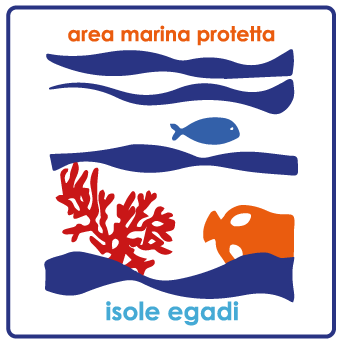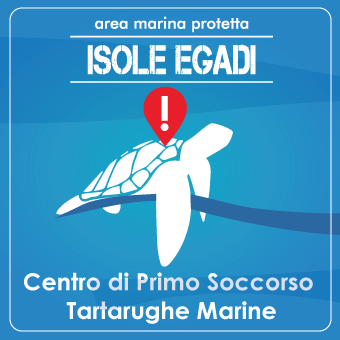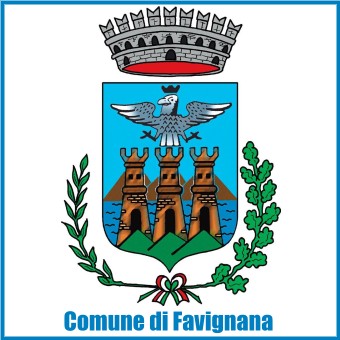 It was so much I wanted to tell you about it, but I missed the historical news that recently I learned from an interesting research by Stefano Ruia, diver and a great connoisseur of the treasures of our seas, I mean the wreck of the merchant Carmelo Lo Porto nestled in the beautiful sea of Favignana.
It was so much I wanted to tell you about it, but I missed the historical news that recently I learned from an interesting research by Stefano Ruia, diver and a great connoisseur of the treasures of our seas, I mean the wreck of the merchant Carmelo Lo Porto nestled in the beautiful sea of Favignana.
I carry in my heart because that is where my daughters have made their first experience diving and just dive on this wreck has been the culmination of their "Open Water" course or the beginning of their fascinating adventure in the sixth continent.
You will understand from this that it is an easy dive but, beyond the depth, the exploration of what remains of this ship wreck undoubtedly constitutes suggestive experience that leaves its mark on the time available with which you can live it, differently from what usually happens with the wreckage of the seabed to us more accessible.
The object of desire in question is located south of the "butterfly of the Egadi", just a few minutes from the port of the country and easily identified because of the presence of these rocky outcrops, the so-called Scoglio Palumbo south-west of Punta Longa, which caused the sinking in the distant 1971.
The wreck, lying at a depth of posidonie, to a maximum depth of 18 meters that remains of Carmelo Lo Porto fascinates immediately as soon as you begin the descent for the chance to be viewed in its entirety, about the note transparent water of this area and the low altitude where is. The quarterdeck first offers us a great view of Admiralty even compared to firmly attached to the walls like a beautiful sculpture exhibition willing to not go unnoticed. On its sides ,the stairs leading to the helm who was aft and now looks quite empty. The design of this section of the ship is rounded characteristic of the units than once and by its front part it is possible to access to the engine room where stands a long row of rods and rocker arms in the head places in the diesel engine 300 horses almost thirty years after the construction of the ship replaced the original rendered useless after the sinking in the port of Benghazi.
Already, because it seems impossible but Carmelo Lo Porto, born in the Dutch shipyards in Bowedes 1918 and later passed under the Italian flag, had been taken over by the Navy and used in anti-submarine surveillance when, in 1941 He sank to the explosion of a ship loaded with ammunition that was close. Recovered and fully restored with the installation of the new engine also, He passed into the hands of two Neapolitan owners, the least of which that Saint Lo Porto that after changing the name Giorgina, The name changed again by recording it as Carmelo Lo Porto. He sailed from Porto Empedocle to La Spezia carrying a load of 455 tons of rock salt our "former Dutch girl" when the night of 23 June 1971 He collided with the Scoglio Palumbo and he forced the 34 crew rushed to get rescued.
Those who know the place for many years says that originally the wreck was lying on the bottom in order of navigation with the shaft that soared to the surface but now appears tilted on the left side and you will be surprised by the conditions in which it is, considering the low depth and the proximity of the rock we talked about but maybe the same shape as this and the presence of seagrass they must have contained the effects of the undertow and countless storms. In any case they did not remain significant elements of the forward part and only a series of twisted metal and other structures is located more distant scattered at greater depths.
To be precise, the freighter was a small unit 294 tons, long 43,96 meters, long 7,45 m. and with a draft of 3,12 m.
But back to our excursion which it gets interesting when, passing from one side of the hull has the opportunity to enjoy the classic atmosphere of the wrecks, made of details to discover the torchlight, the objects to be identified under the thick layer of concretion, ... of unexpected encounters like that of conger, real masters of the place home and always willing to show great hospitality especially when stimulated by something to eat their offering discreetly. Out of nowhere without noticing it and stop at a distance waiting patiently leaving you the first move. If you have never tried this experience do not miss it, It has the flavor of what we usually see in the tropical seas where the relationship man / fish has very different connotations and most exciting.
So far the cake of this adventure divers but it is not all easy what it seems and everything has a price in the case of wrecks – when in Trapani but later the entire regional area – means having to deal with a new discipline of diving on those who are categorized as "relics of historical interest" by the Superintendent of the Sea of the Sicilian Region which It must apply for clearance from prior authorization by the Harbor Master of Trapani must issue. It has l 'order 14/2009 of the 27 April which locates well 8 "Regulated areas" in your area of expertise related to as many wrecks, including, to speak, those of the motor ship "Capua" and "Kent" or "Ship of the Korans" of which we dealt with earlier.
So be careful to plan your dives in compliance with the new provisions, or more simply to entrust to local diving already prepared to operate in accordance with. In short we must get used to thinking that we have entered a new phase of diving least Sicilian.
For many years the interest of scholars are concentrating on contemporary era wrecks in the past neglected in favor of the archaeological strictly.
The consideration for such goods are now unique in the context of which it has developed an intense life of flora and fauna has therefore given rise to the aim of protecting them along with their cultural value.
That's why the provisions that I mentioned, and you can only share provided, let me tell you, these diving destinations do not become the preserve of only diving but also easy to use for all those prepared divers (patented should read) already experienced the places willing to explore them more than once independently planning their descents because… let us say, it is to them that we owe the spread of knowledge and appreciation of those wrecks.
Text and photos copyright © of Umberto Trapani per PalermoWeb.com





































